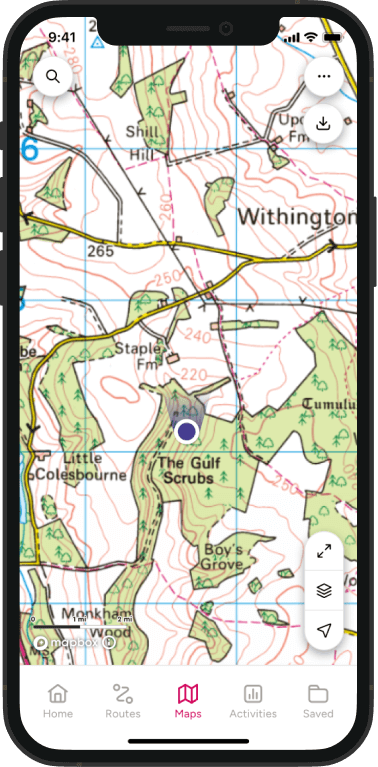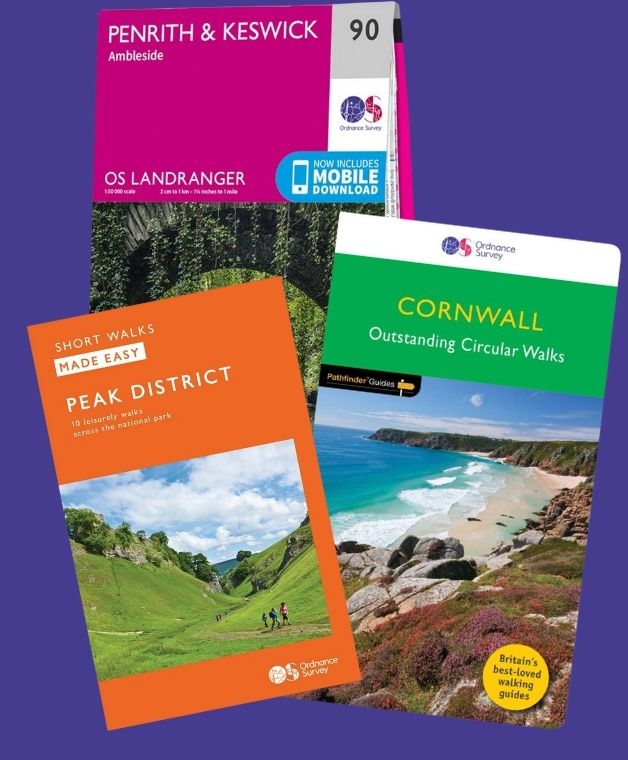Choosing the right sleeping bag
This guide to sleeping bag takes a look at the different types of sleeping bags, their materials, features, ratings and what they’re best for, to help you choose the right one for you.
A good sleeping bag can be the difference between a dreamy night’s sleep and an 8-hour nightmare. If there’s one thing that’s important when you’re staying away from home, it’s that you’re comfortable and warm throughout the night.
If you’re looking for your first sleeping bag or you need to upgrade, there can be many different factors to consider. Technology, materials and features are continuously changing, and your usage may do too. Let’s take a look the different types of sleeping bags, their materials, features, ratings and what they’re best for to help you choose the right one for you.
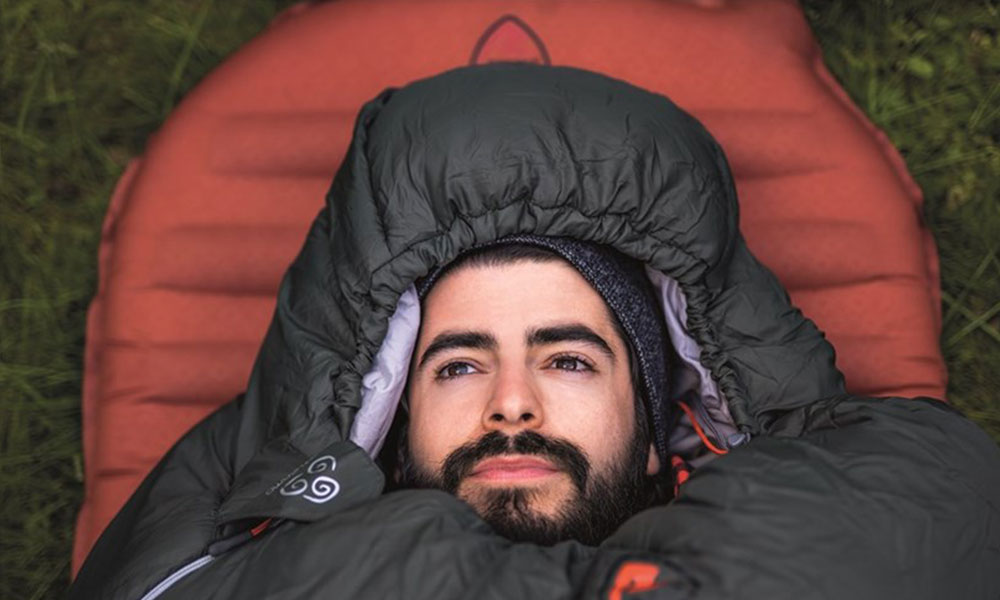
Robens down sleeping bag
Sleeping bag shape
Mummy sleeping bags
A mummy sleeping bag is one of the most popular. It has a large extended hood and is narrower below the hips, thus being warmer and lighter than rectangular sleeping bags. Due to the lack of space, when you move you’ll need to move with the sleeping bag as opposed to moving within it. Mummy sleeping bags usually have a single zip down one side.
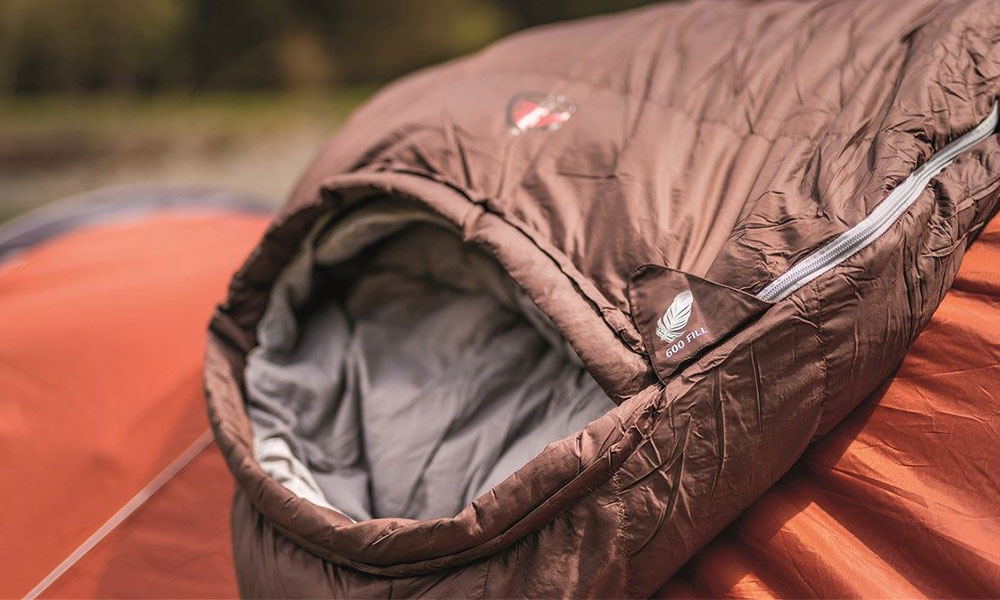
Robens Mummy sleeping bag
Rectangular sleeping bags
If you’re less concerned about weight or the cold and like to have a bit more room, then a rectangular sleeping bag is for you. Traditionally these bags are squared at the top, extend straight down and unzip fully into a duvet – perfect at mimicking your bed at home! There’s certainly more leg room in rectangular sleeping bags.
These days you can buy rectangular sleeping bags with a big cosy hood like mummy sleeping bags, almost like a hybrid. Some are even detacable. This is great for people wanting more room in colder conditions.
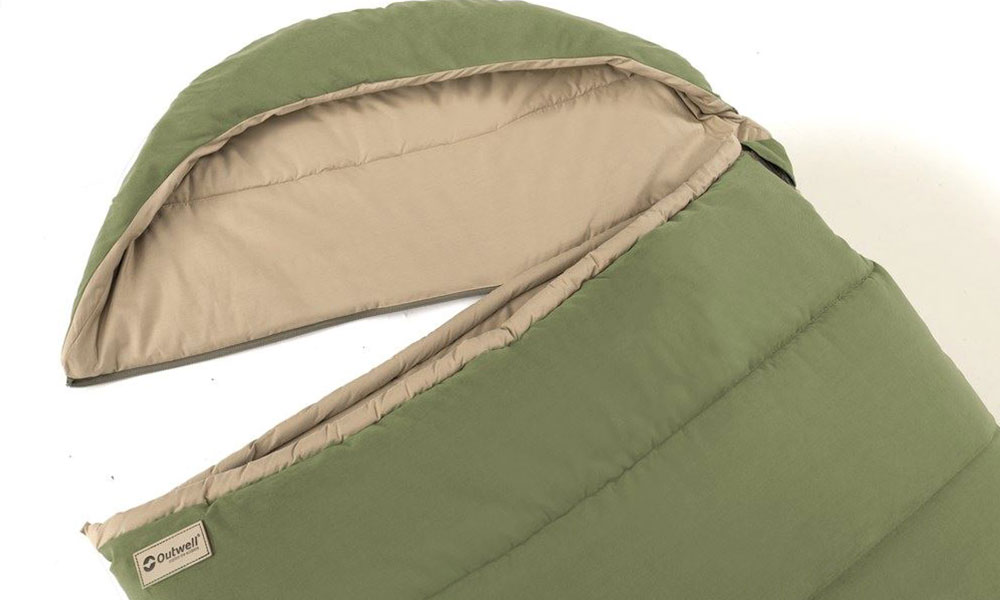
Outwell rectangle sleeping bag with detachable hood
Double sleeping bags
Double sleeping bags are great if you go camping with your significant other. Sharing a bag with someone will no doubt keep you warmer and it will save weight overall.
Sleeping bag length
Gone are the days of one-size-fits-all and most major brands now offer long or short sleeping bags. You’ll want to make sure the length of your bag is suitable for your height. Any extra material is a deadweight and a bag that doesn’t come up high enough will result in a chilly, uncomfortable night.
You can also get women specific sleeping bags which are wider at the hips and contain more insulation in this area and at the feet. That’s not to say men wouldn’t want these features too.

Vango sleeping bag
Sleeping bag material: down vs synthetic
This is the most commonly asked question when it comes to sleeping bags and it all comes down to individual needs. There are pros and cons of both down and synthetic materials.
Down sleeping bags
Down offers the best warmth-to-weight ratio and is generally warmer and more cosy than synthetic. It packs down smaller and is best for backpacking trips and colder weather. Down is generally more expensive, less durable than synthetic and it looses its indulation properties when wet. Top end down bags are filled with a water-resistant down, to help protect it (and you), but it won’t perform miracles if your bag gets a soaking.
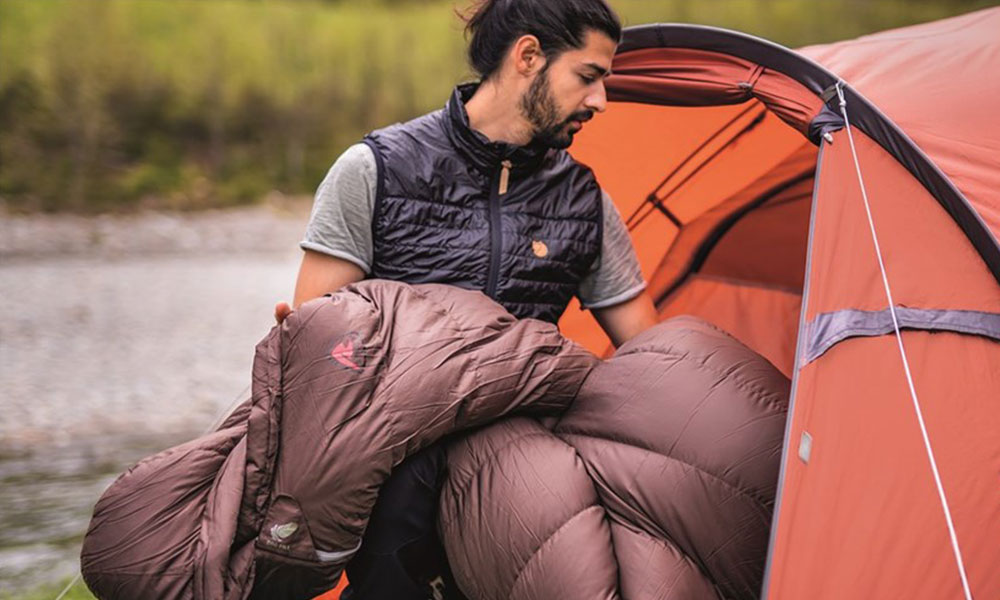
Roben’s down sleeping bag
Synthetic sleeping bags
Synthetic sleeping bags are usually more durable, cheaper and they will still keep you warm when wet. They are great for family camping trips when spillages may be likely (just pop them in the washing machine when you get home) and weight and pack size aren’t an issue. Over time they can de-loft, more so than down, which means if you’re unpacking and repacking it regularly, the insulation becomes less effective.
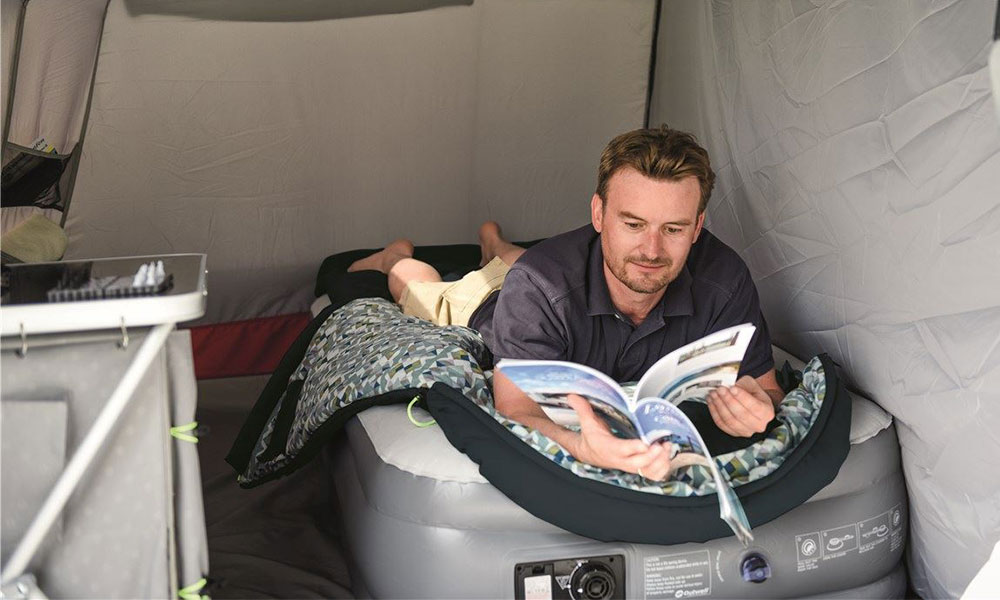
Outwell synthetic sleeping bag
The warmth of a sleeping bag
There are a few things to consider when knowing if the sleeping bag will be warm enough for your overnight trip; the most important are season rating and temperature rating. Few sleeping bags have a tog (thickness) in the same way as duvets do. Don’t forget, everyone is different so if you’re a hot sleeper or a cold sleeper, take this into consideration when looking at ratings.
Season rating
- 1 season – lightweight summer trips where the temperature isn’t going to be an issue
- 2 season – the most popular for spring and summer in the UK.
- 3 season – this will keep you warm at low altitudes for most of the year in the UK.
- 4 season – if you’re camping at altitude or in countries where winter is much colder than the UK, then then you’ll need a 4-season.
Temperature rating
Sometimes it’s easier to think about the temperatures you’ll be camping in, as throughout each season the weather can change so much. There are three temperature ratings you should consider:
- Comfort limit: the temperature a standard female will stay comfortable all night
- Lower limit: the temperature a standard male will stay comfortable all night
- Extreme limit: the temperature where you will survive but you’ll be at risk of getting dangerously cold.
Think about the lowest temperature you’ll likely experience and always make sure it is no lower than the comfort limit as you’ll want to stay comfortable all night. If you’re always cold at night, always go a few degrees lower as everyone is different, these ratings should be taken with a pinch of salt.
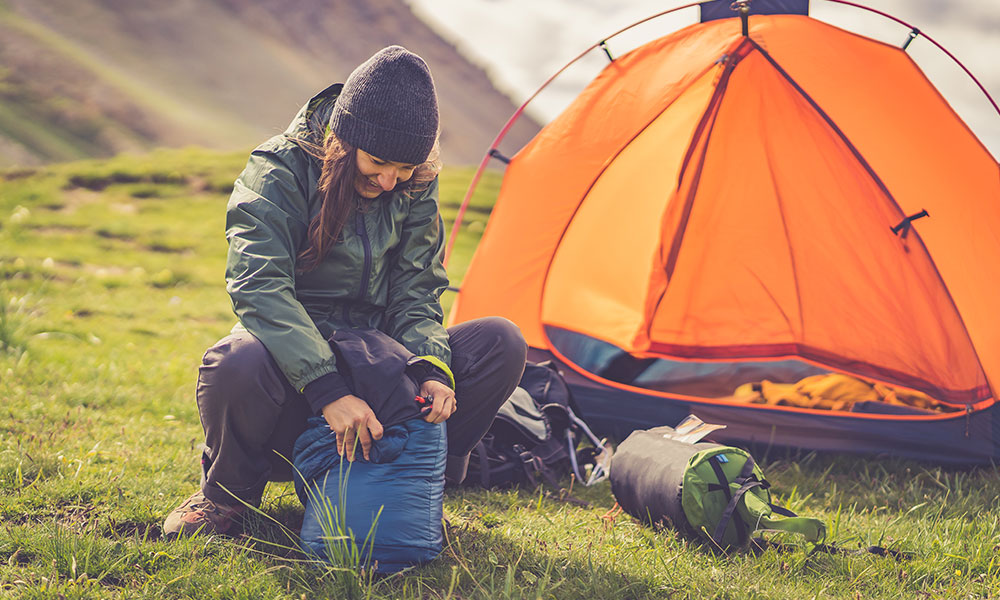
Sleeping bag stuff sack
Useful sleeping bag features
Baffles
Baffles are compartments within the sleeping bag which are filled with thermal filling. These baffles make sure the insulation is evenly spread throughout the sleeping bag and doesn’t end up clumped together. Many sleeping bags have an additional neck baffle (a separate collar) which traps in heat and keeps your neck and shoulders extra warm. In the same way, zip baffles stop heat escaping down the zip. The more baffles the warmer!
Internal pockets
These are really handy for storing anything you may need during the night such as a headtorch, ear plugs or a mobile phone. By storing them in internal pockets within your sleeping bag, you’ll know exactly where they are, even when it’s pitch black.
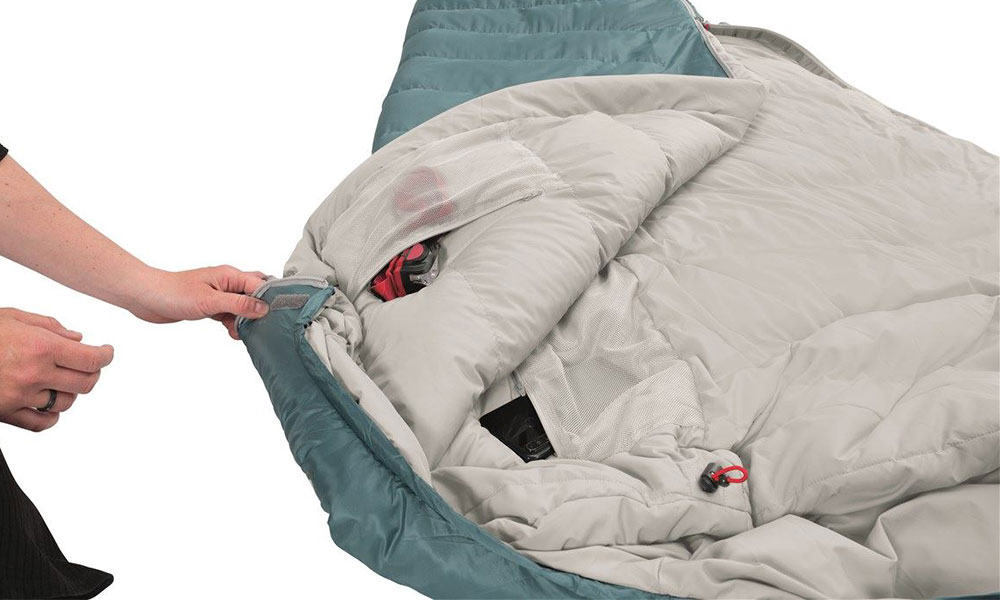
Outwell sleeping bag with internal pockets
Sleeping bags for….
Let’s take a look at different types of overnight trips to help you understand which sleeping bag would be best for your next adventure.
The family camper
If you’re camping with your little ones in tow, there’s a good chance you’ll be doing it when the weather is warmer, so a two-season rating should be sufficient. You’re also likely to have a vehicle and be staying at a designated campsite so comfort will no doubt come before weight. If there’s a risk your child will have an accident or spill something over the sleeping bag then a synthetic bag would be best so you can pop it in the washing machine once you get home.
Recommended product: Outwell Camper is a rectangular shaped sleeping bag popular with families. It has a snug internal lining, a built-in pillow and a detachable hood which you can use if the temperature drops.
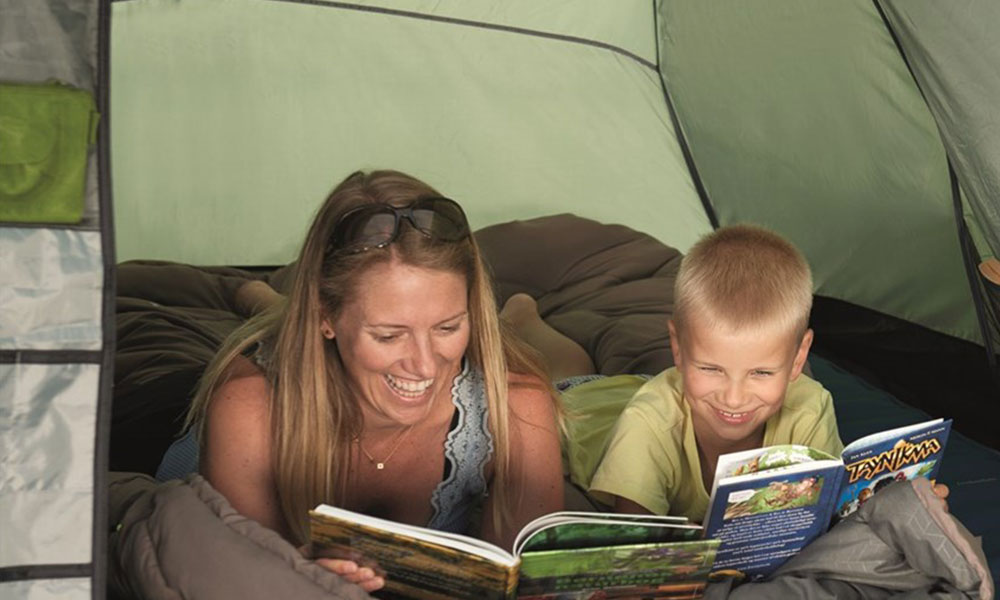
Outwell’s family sleeping bags
The DoE weekender
If you’re doing your Duke of Edinburgh Award, you’ll want a sleeping bag to keep you comfortable on overnight adventures. Think about what time of year you’ll be camping and choose the correct season or temperature rating. Afterall, a good night’s sleep will make all the difference in giving you the energy you need for the day ahead. A down sleeping bag will pack up smaller and will give your more warmth for weight but it will be more expensive.
Recommended product: Vango Nitestar Alpha 450 contains a special insulation which offers excellent warmth and it is extremely compressible and ideal for backpacks. Features include baffles, internal pockets and anti-snag two-way zips. With a comfort limit of -4c, this bag will keep you warm from spring through to autumn.
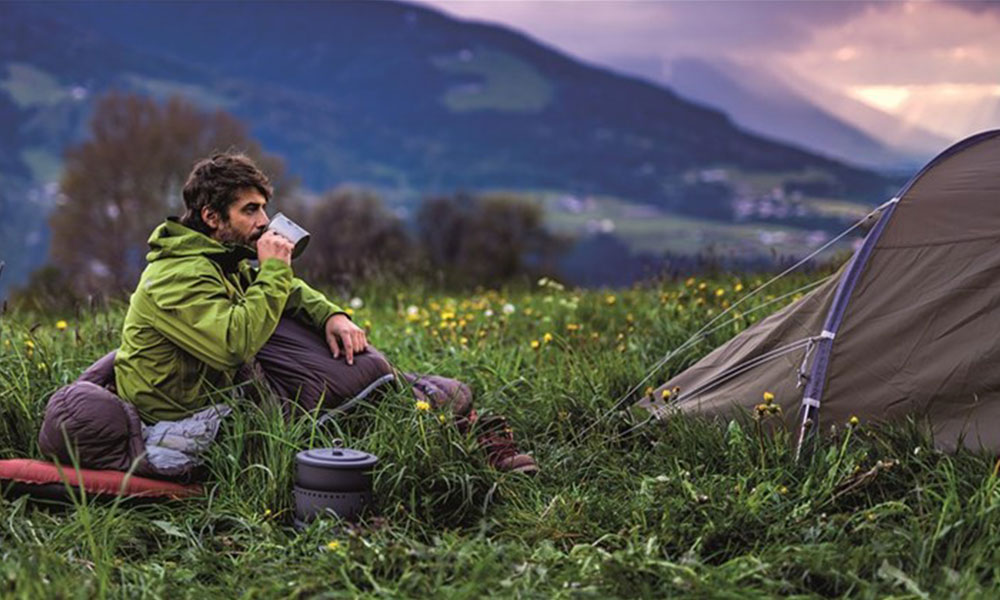
Roben’s sleeping bag
The bike/backpacker
If you’re carrying all your luggage on your back or two wheels, then weight will be a big consideration when it comes to buying a sleeping bag. Every gram counts! You’ll likely to find yourself in a number of different camping spots and may even stay in the occasional hut. Wherever you stay, continuous use of your sleeping bag means you’ll want something durable, especially the outer material which may suffer wear and tear.
Recommended product: Robens Gully 300 comes in at under 1kg (875g) and packs down small enough for any long-distance adventure. Its hybrid construction contains 300g of down on the top half of the bag while underneath is a special material that minimises heat loss through compression and moisture absorption.
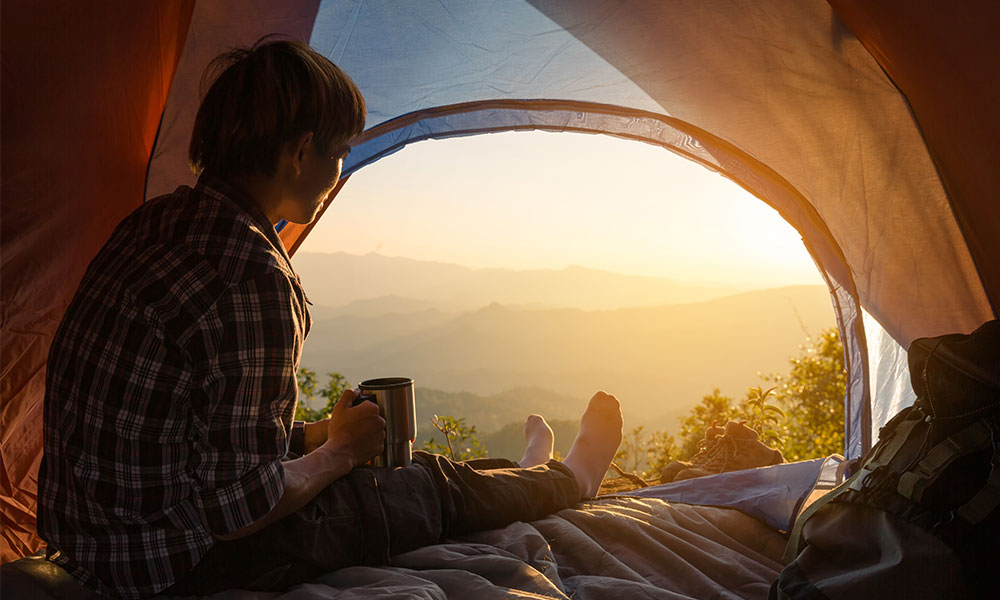
The peak bagger
Camping at altitude will require a more technical bag, not just to keep you warm but to make sure you carry as little weight as possible. It’s certainly something worth investing in. Becoming cold on top of a remote mountain can be far more dangerous than at sea level so it’s important to choose a comfort limit a little lower than you’re likely to experience. At height the weather can easily change.
Recommended product: Robens Serace 600 has a comfort limit of -7c so it should keep you warm for spring and summer ascents in the UK and throughout winter at lower levels. It has numerous baffles and draw cords to keep you snug and there’s extra insulation in the foot box.
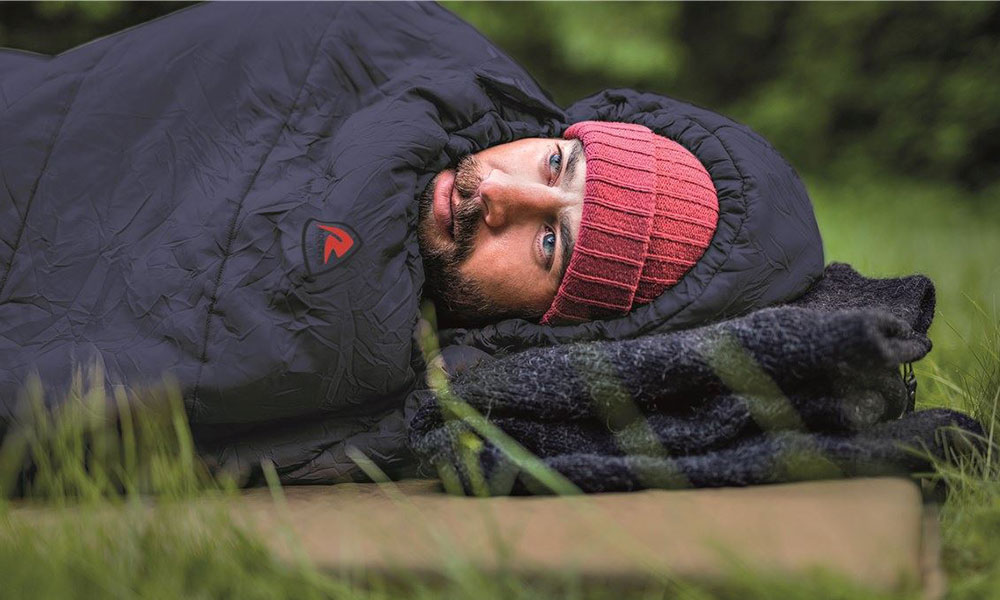
Robens sleeping bag
How to care for your sleeping bag
A good sleeping bag can last decades if treated with care. There are a few things you can do to prolong its life and make sure it continues to perform night in, night out.
- When not in use, remove the bag from its stuff sack and store it in a bigger cotton or mesh sack, which may be included with your purchase. This not only helps air the bag, but it protects the filling and its distribution throughout the bag.
- Treat your bag with care. Be careful with the zips and don’t play around in your bag.
- Keep it clean. Always sleep with clean clothes or a sleeping bag liner. Always check where you are placing your bag, careful not to lie in mud or other messy substances.
- Air it. Even when you’re on a multi-day trip, you should try and air your sleeping bag as much as possible. Remove it from the stuff sack as soon as you set up camp and air it when stop for lunch (if the weather lets you!). Be careful not to expose the sleeping bag to intense sunlight as this can damage it.
- If you need to wash it, always follow manufactures instructions.
Most importantly, air and dry your bag for at least 24 hours after each trip. This will make sure any moisture has evaporated and any odours have disappeared.




